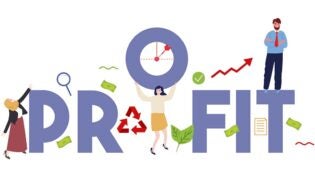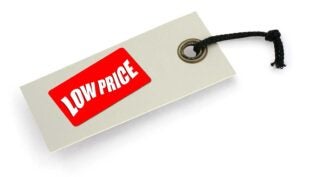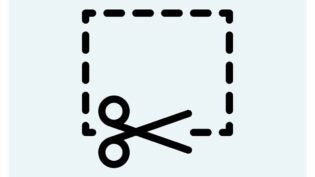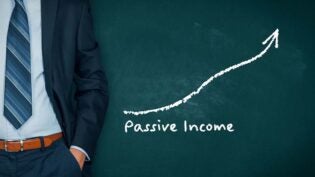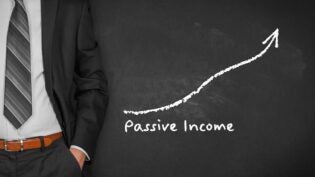Home > Finance > Pricing Strategy >
Price Your Product to Provide Value and Make Money
By: Greg Fisher
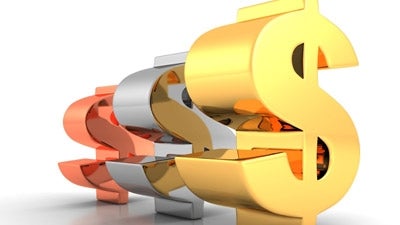
If you sell a product, then the secret to your success will be to offer a great value proposition. That means that your product should improve people’s lives in a way that they deem more valuable than the price you’re asking for when you charge them. If they feel that the benefits of your product aren’t worth the price you’re asking for, then you won’t make any sales: it’s as simple as that.
Now part of this is about designing a great product that is smart, unique and desirable. This is what will give your offering that edge over the competition and make it stand out. And if you do this really well and people want it badly enough, then you can charge almost anything for your products, at least to begin with. But it’s also about how you make your product and how you keep your costs down. Reduce overheads and you can take home a bigger margin or charge your customers less and hopefully sell in greater volume: it’s your call.
The last step though is to choose that price point, which is ultimately what will dictate your margin and the value that you are offering. Price too high and your product might not seem worth the money, but price too low and you won’t make anything from each sale. This is a crucial decision then, so how do you go about making it?
Factors
Before you begin thinking about your price, you first need to think about your costs. This means calculating your per-unit cost in terms of manufacturing—but you also need to think about things like delivery, packaging, marketing, and even running costs if you own an office and pay wages. Then you need to think about the resellers: bear in mind that the amount you charge for your products is not going to be the same as the amount you receive yourself. You need to think of the price that you’re offering to resellers (your wholesale price) and the price that they are selling to customers (the RRP).
Do bear in mind though that if you in the future wish to offer a deal or a discount, are you leaving enough ‘wiggle room?’ Additionally it can help to work out how much profit you make on each product versus your cost-per-unit, so that you can then calculate how much you need to shift in order to break even and start turning over some profit. Does this work with your projected sales?
Keystoning and the 1-5 Rule
Once you’ve calculated all that, there are two shortcuts you can use that will act as a starting point for coming up with your price. One is called ‘keystoning,’ which simply means that your resellers should pay half the amount that they sell the product for. If you can make a profit this way and it’s still a reasonable price for your customers, then you may be on to a winner.
The other is called the ‘1-5 rule,’ which means you are going to charge customers roughly 5 times the cost of manufacturing. If you can’t get all that to add up perfectly, then it can act as a good starting point at least.
Of course there will be the odd occasion where your product actually costs you nothing to manufacturer, which puts you in a very good position. If you are selling an app for instance, or an e-book, then you might have literally no overheads, which means you can charge pretty much what you like—well, after you consider the next point.
Market Research
Before you settle on a price it’s a good idea to do some market research. This should at least involve looking at comparable products to see how much they charge. Are you competitive? And are you pricing yourself too low and damaging your reputation as a result?
If you can get more information then that will be even better. Carry out some surveys and ask your target demographic how much they’d expect to pay for a product like yours, what would make them willing to pay more, and whether their impressions of your product would change based on this price.
With this information you can make sure that you price your product logically and that you give yourself the very best chance of success. And of course if you get it wrong then you can always try again: ultimately the best tool in choosing a price for your products will be experimentation.
Published: October 2, 2013
2747 Views
2747 Views






